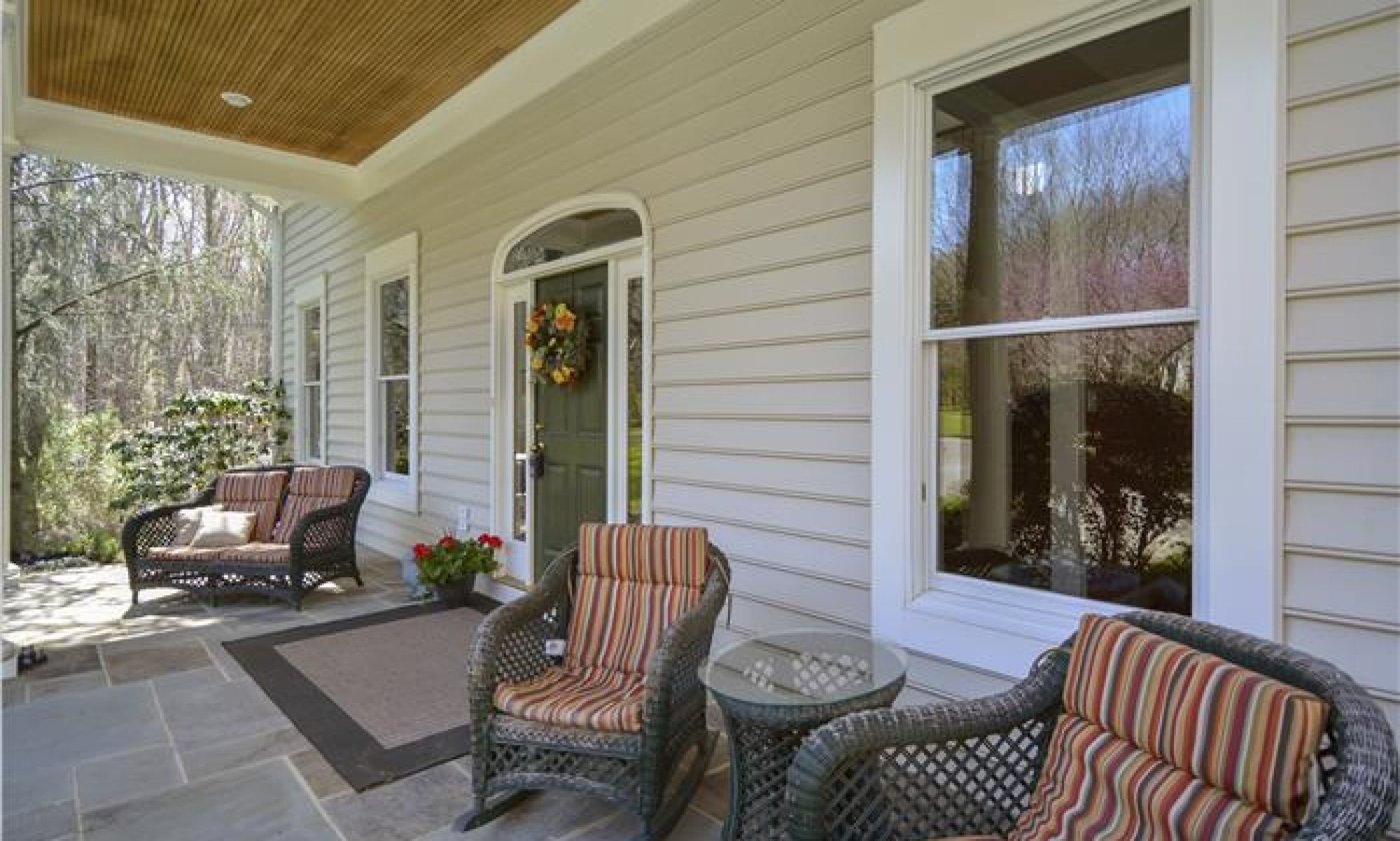
Seasonal weather can test the integrity of any home; yet winter can present some of the harshest weather of the year. Even with regular maintenance, extreme cold can take a toll on your home’s pipes. Take measures to prepare your home for the the winter.
Burst pipes can not only flood your home’s basement, but it can be a major repair expense. Nationwide Insurance states that among the 30,000 claims they received in the last three years for burst pipes, the average claim was $10,000 (nationwide.com).
A common misconception about cold weather’s effects on pipes is that a rupture is caused from frozen water inside the pipe. However, it’s not ice, per se, that makes a pipe burst; but rather the pressure that builds inside the pipe that makes it rupture. Increasing pressure can build up in a pipe between an ice blockage and a closed faucet; when the pressure is excessive, the pipe can burst.
Experts describe ice buildup in pipes as being more common than people know. Besides temperature, wind chill is sometimes the culprit of freezing pipes; cracks in walls or foundations can allow chilled air to come into contact water pipes. Although pipes can freeze any time the temperature dips below freezing – extra precautions should be taken when the weather becomes extreme.
Common measures that many take to protect their home’s pipes during cold winter months include, “the dripping faucet,” and “winterizing.” A dripping faucet, which is connected to vulnerable plumbing, helps mitigate air pressure that can build up in a pipe. Additionally, many experts recommend sealing areas where air leaks into the home; especially where pipes are located. Some experts also suggest insulating pipes. The materials in the pipe insulation sleeves and jackets is thought to insulate pipes from cold air much like the insulation in your home’s walls and attic insulates the interior from cold air. There is no guarantee that your home’s pipes won’t burst; however, taking precautions may lessen the potential for damage.
“Winterizing” is a term that describes the draining of water and pressure from the plumbing system. Experts recommend winterizing your home if you plan an extended winter trip, leaving your home vacant. Winterizing a vacant home that you are selling is especially important; ruptured pipes are not a surprise you want the day before your scheduled settlement.
Pipes can still freeze or rupture even when you take precautions. If you have a frozen pipe – call your plumber. Opening faucets can reduce air pressure in the system to help prevent a rupture. And although it is tempting to thaw frozen pipes on your own, it is recommended to have your plumber guide you; attempting to thaw frozen pipes without professional assistance can have hazardous results. Additionally, finding a frozen pipe can be tricky because they are often hidden inside walls and between floors. If a pipe does burst, close the main water valve immediately and call your plumber.
Taking cold weather precautions is not just for your home; experts recommend ensuring your car is winter ready, as well as having an emergency kit available in case of a power outage. Additional extreme weather precautions can be obtained from your insurance agent, FEMA (ready.gov), and the Red Cross (redcrossorg).
Original located at https://dankrell.com/blog/protect-your-home-from-extreme-cold
by Dan Krell ©
More news and articles on “the Blog”
Google+
Disclaimer. This article is not intended to provide nor should it be relied upon for legal and financial advice. Readers should not rely solely on the information contained herein, as it does not purport to be comprehensive or render specific advice. Readers should consult with an attorney regarding local real estate laws and customs as they vary by state and jurisdiction. This article was originally published the week of January 6, 2014 (Montgomery County Sentinel). Using this article without permission is a violation of copyright laws. Copyright © Dan Krell.
